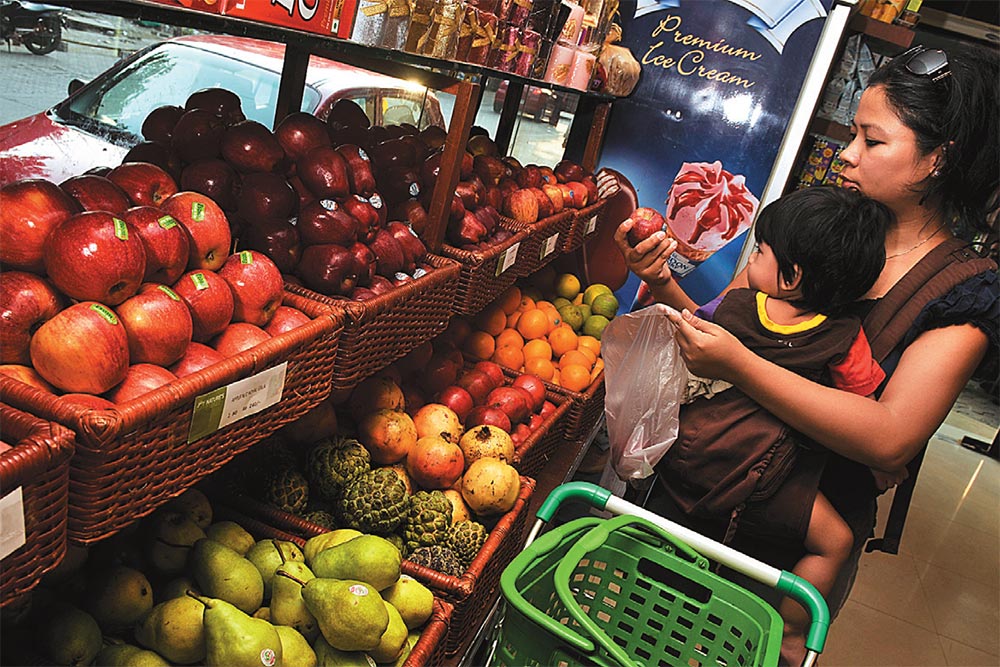Washington apples, California grapes, China pears, Sri Lankan strawberries and kiwi from New Zealand: the Indian fruit market has become a global orchard. The rising demand for imported fruits is not only due to rising health-consciousness but also their year-round availability — apples in the summer and grapes during winter. “This is the most important reason for the increasing popularity of imported fruits,” confirms Sumit Saran, director, SCS Group, an agri-business consulting firm, agreeing that rising disposable incomes have also helped. He cites the example of apples, the king among imported fruits, which weighs in at almost 60% of the total imported fruit sales in India. “Apples grow in India from November to February and in the US from June to November,” he says. “This means Indian consumers can buy apples through the year.”
The numbers are looking very healthy, too, and have been going up by a steady 20% year-on-year. Data from the ministry of commerce says, 470,089 metric tonnes of fruit worth $371 million were imported in FY11 — apples, pears and quinces made up nearly half this figure at $149.68 million; citrus fruits made up only $9.1 million of that fruity pie. By FY12, fruit imports were up to 551,917 metric tonnes (valued at $464 million) despite the rising dollar.
Import of fruits was allowed in 2000 under open general licence but duties remain steep at 33% for most fruits, and 50% for apples, levied to protect Indian farmers. The price differentials may be protectionist but the market is still very strong. “The share of exotic fruits in total fruit sales has jumped by nearly 40% over the last six months,” claims Mohit Khattar, MD, Godrej Nature’s Basket. But modern retail stores contribute only 10-15% to the total sales of imported fruits; the bulk of sales come from fruit vendors. “Even here, we have been seeing a consistent rise in sales despite the recession,” says Tarun Arora of IG International, a fruit import company. Surprisingly, it’s tier 2 and 3 cities that are driving a great part of the growth. According to Arora, these markets have been growing year-on-year at 25% compared with the 15% of metros.
The demand for imported fruits has impacted the dynamics of the fruit market in unexpected ways. Local growers are investing in improved crop-yielding techniques to command better prices. “Five years ago, there was a vast difference in pricing,” points out Saran. “If a kilo of imported apples cost Rs.90, Indian apples would go for as low as Rs.30. Today, Kinnaur apples retail at Rs.120 a kilo.” But if the dollar continues to rise, there could be cause for worry. “Prices have already gone up by 20% in the last year,” says Sunil Sachdev of Aayush Impex, a fruit import company. “If they escalate further, it’s bound to impact sales.”











 Just one email a week
Just one email a week